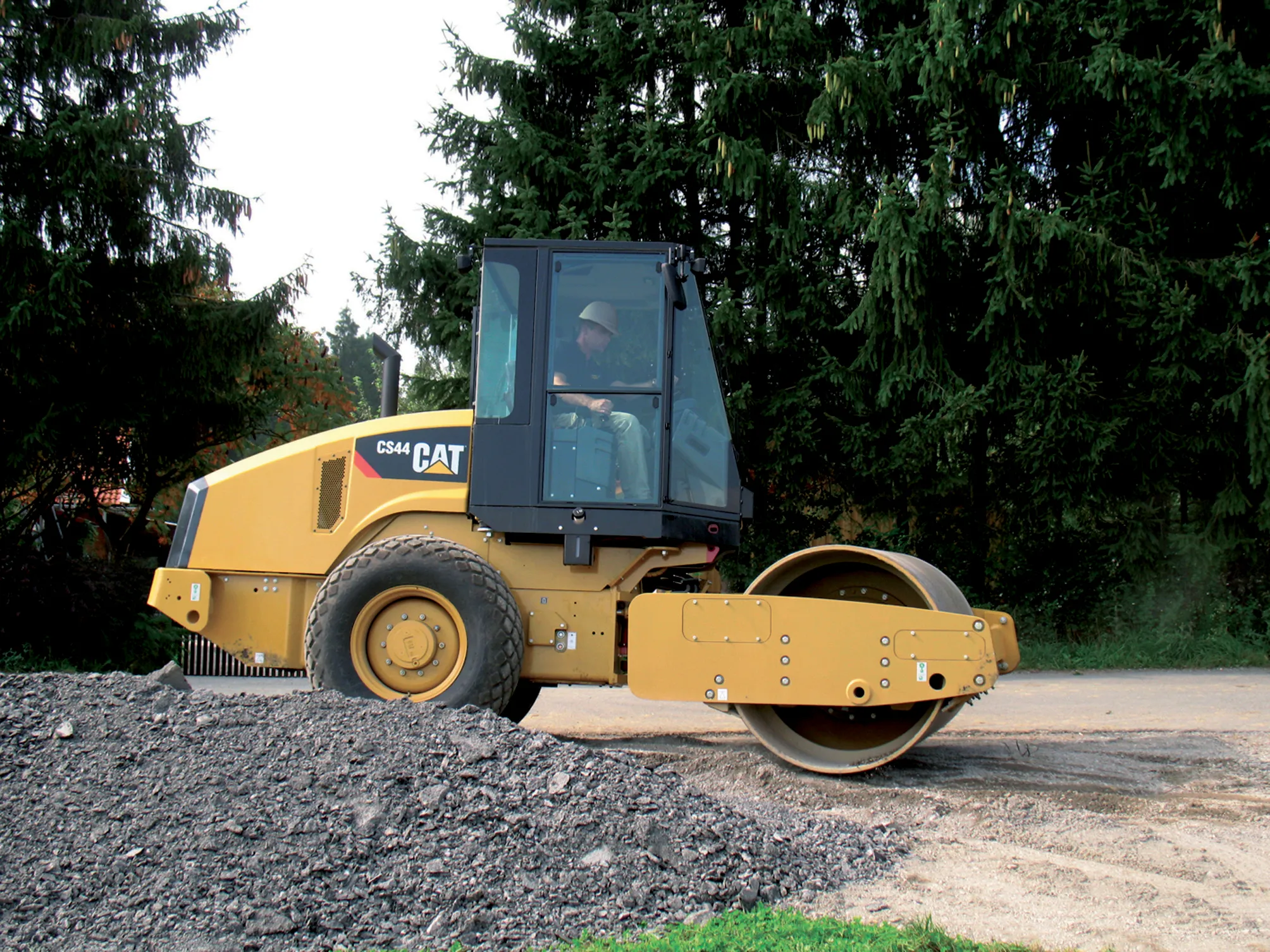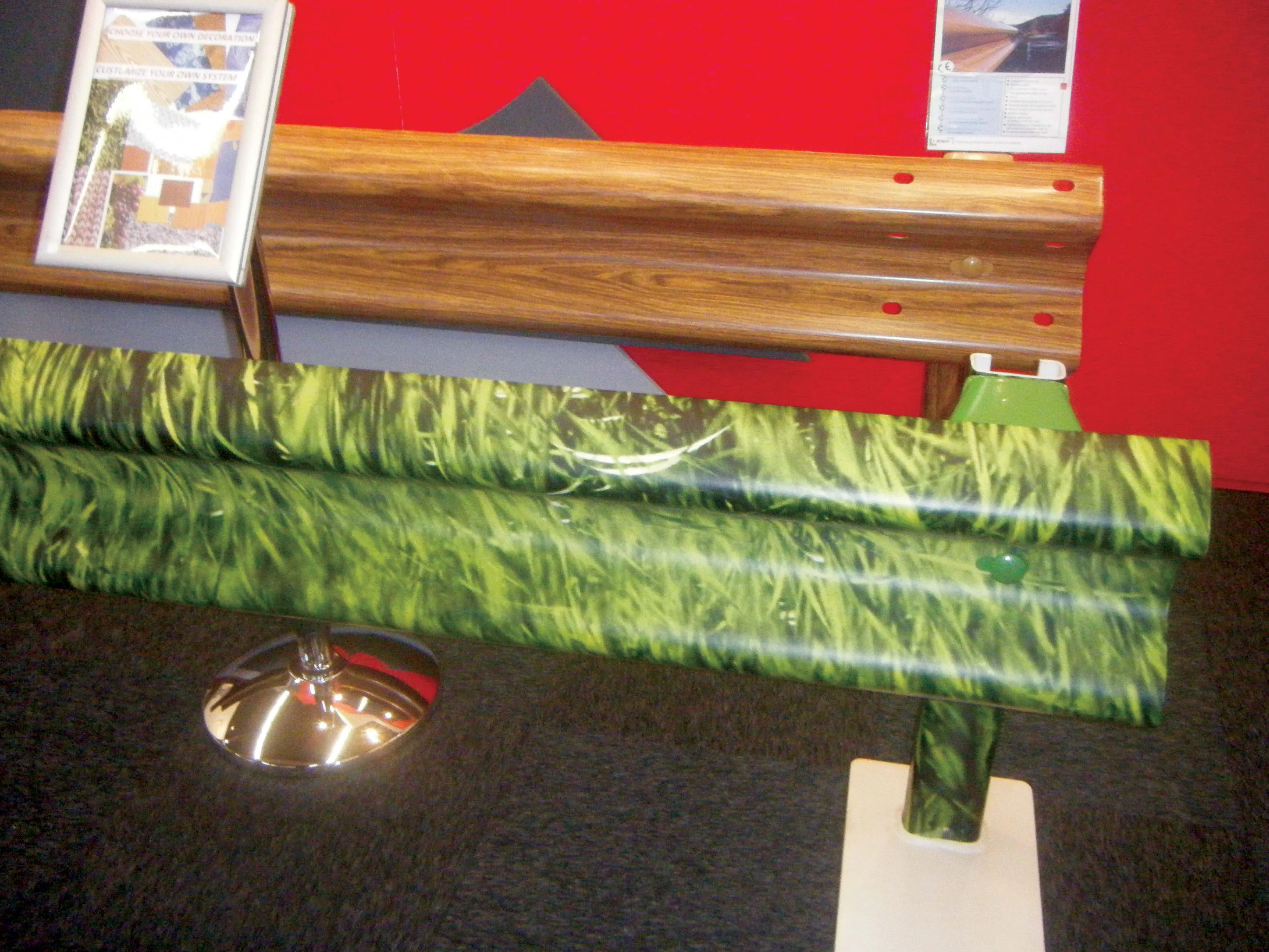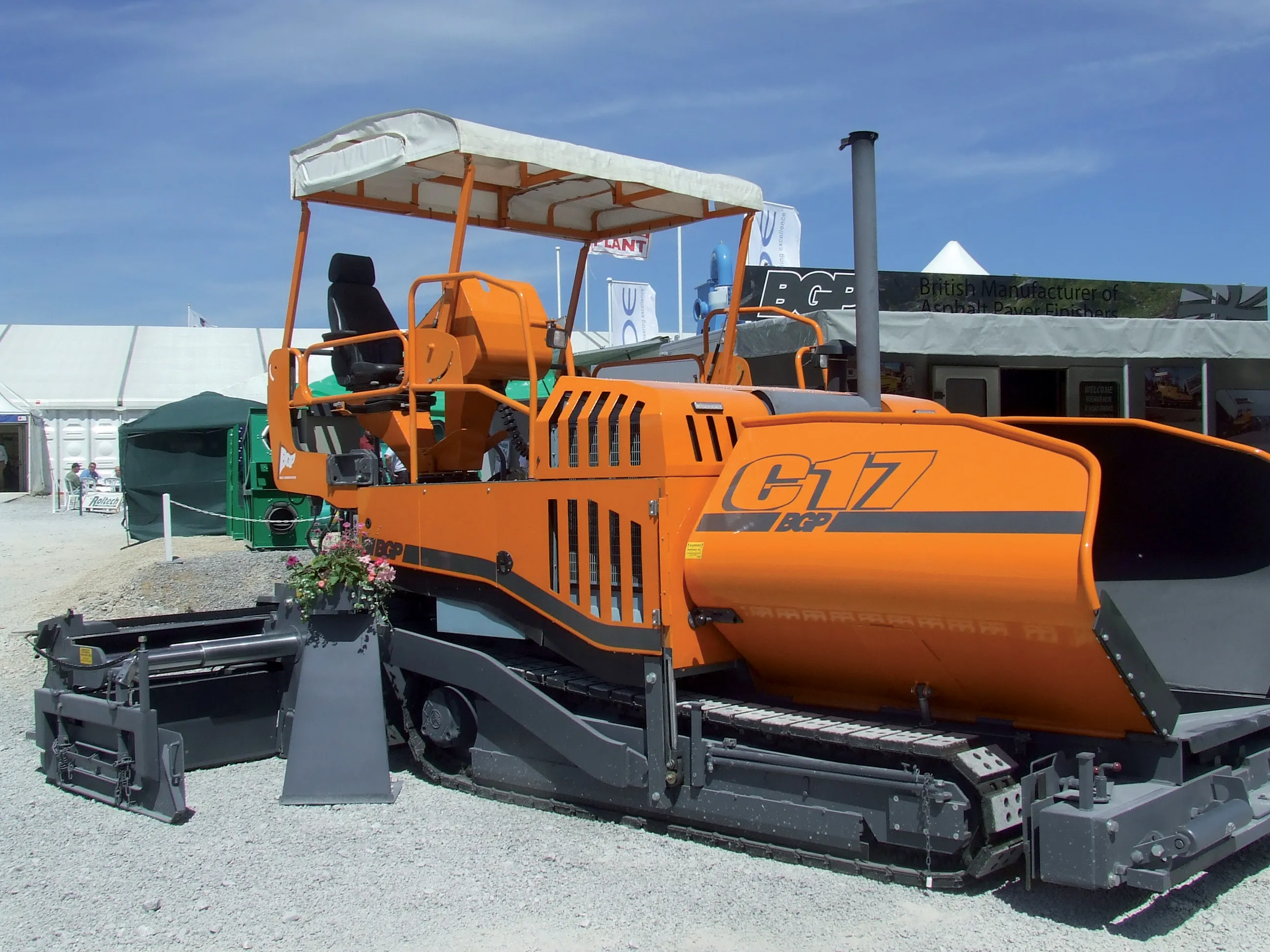CATERPILLAR is boosting its soil compactor range with the introduction of the CS44 and CP44 models. These machines are aimed at the 5.5-8tonne class and share many features with the proven 400ESeries Soil Compactors as well as the Production-Class range.
February 6, 2012
Read time: 2 mins

The CS44 and CP44 also come with additional design upgrades to boost serviceability, reliability and operator comfort. These compactors have Caterpillar's novel dual pump propel system, which provides separate hydraulic flow to the rear wheels and the drum and is said to maximise gradeability and tractive effort in soft underfoot conditions or steep slope applications. The CS44 weighs in at 7.24tonnes in its smooth drum format and exerts a load of 3.51tonnes at the drum, with power from a Tier 3 compliant Cat C4.4 diesel rated at 75kW. The same engine type powers the CP44 padfoot version, which weighs 7.635tonnes and exerts a load of 3.86tonnes at the drum. The high tractive effort is said to boost productivity while a limited slip differential is fitted as standard to maximise rear wheel traction in poor conditions. Top speed in forward and reverse is 12.3km/h, while the 1.676m wide drum is said to provide manoeuvrability for working in confined quarters. A bolt-on, two-post ROPS/FOPS canopy or a ROPS/FOPS cab is available, to suit market requirements in different territories. Factory installed air conditioning for the cab is also standard in some market areas and optional in others. Dual amplitude is standard on the CS44 and CP44, while maximum centrifugal force in high amplitude is 134kN and 67kN in low amplitude. Other features of these new compactors include extended services intervals and low running costs.









